Best USB Mic for Mac
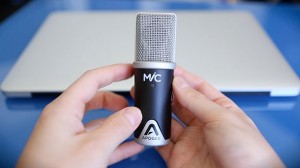 I’m often asked “what is the best USB mic for Macs?” In some way it’s a misguided question since nearly any USB mic will work with Macbook Pros, Macbook Airs and iMacs alike.
I’m often asked “what is the best USB mic for Macs?” In some way it’s a misguided question since nearly any USB mic will work with Macbook Pros, Macbook Airs and iMacs alike.
There is some legitimacy to this inquiry.
Sure the “Audio MIDI Setup” in OS X will allow you make use a massive array of mics without the clunky drivers of ages past. However, there is one company that tailors their equipment to work with Mac devices. That company is Apogee.
For years Apogee was focused on the Mac. Now that the iPhone, iPad and iPod Touch are powerful enough to be used as professional audio production devices Apogee has adapted their hardware and software to play nice in the iOS realm. So when you get an Apogee product (excluding their super high-end stuff like Symphony), it’s guaranteed to work with your newish Mac plus any additional Apple device.
The Apogee MiC and now MiC 96k are the most Apple-friendly USB microphones out there. While you can’t take advantage of the power of their Maestro 2 software, you don’t need it, as there is only one channel of audio and the MiC has a hardware dial allowing you to change gain levels on the fly.
With a clunky 30-pin or Lightning to USB adapter mics such as the Blue Yeti will also work in iOS. The MiC offers a much slicker solution as you are given a 30-pin and Lightning cable that connect to your device out of the box.
This may not be a huge deal with an iPad but the adapter looks pretty absurd when plugged into a tiny iPhone 5s.
Since the MiC and MiC 96k are the most plug-and-play mics that work with Apple iOS devices, they are easy to recommend to people that prefer creating music and podcasting within the Apple ecosystem.
Technically the MiC isn’t just a USB mic. It’s a 30-pin/Lightning/USB hybrid mic and if you like to keep your possibilities open, that’s pretty cool.


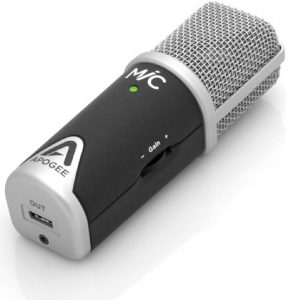 Like all Apogee products, MiC is exclusively made for Mac and iOS devices. This specialization has so far meant drivers and software work seamlessly with Apple’s gear.
Like all Apogee products, MiC is exclusively made for Mac and iOS devices. This specialization has so far meant drivers and software work seamlessly with Apple’s gear.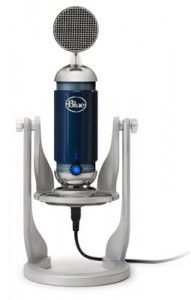 While Apogee is known for great audio converters and software, Blue is known for their great XLR and USB microphones.
While Apogee is known for great audio converters and software, Blue is known for their great XLR and USB microphones.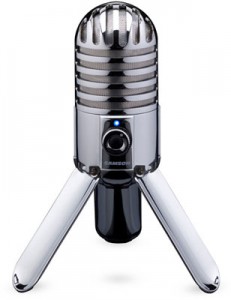 Not only does the Meteor Mic have vintage cool factor but it’s also a very good value. If you’re doing rough recordings, or doing podcasting rather than music, this may be enough for your needs. It’s a good desktop PC mic to boot.
Not only does the Meteor Mic have vintage cool factor but it’s also a very good value. If you’re doing rough recordings, or doing podcasting rather than music, this may be enough for your needs. It’s a good desktop PC mic to boot.

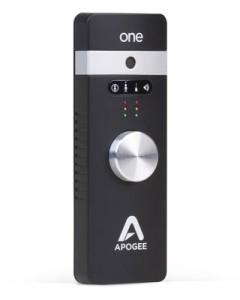 This is more than a mic; it’s also an audio interface. If you’re a musician that could use an all-in-one device for travel or recording on location the ONE is definitely worth considering.
This is more than a mic; it’s also an audio interface. If you’re a musician that could use an all-in-one device for travel or recording on location the ONE is definitely worth considering.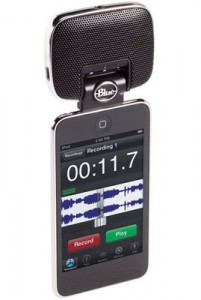 Mikey stands out from the rest because it connects directly to the iPad/iPhone connector. This is an advantage and disadvantage depending on how you look at it. If you’re a reporter type that needs to move around this solution beats all others. The downside is you need a Lightning adapter and this makes it tough on the Lightning or 30-pin port.
Mikey stands out from the rest because it connects directly to the iPad/iPhone connector. This is an advantage and disadvantage depending on how you look at it. If you’re a reporter type that needs to move around this solution beats all others. The downside is you need a Lightning adapter and this makes it tough on the Lightning or 30-pin port.